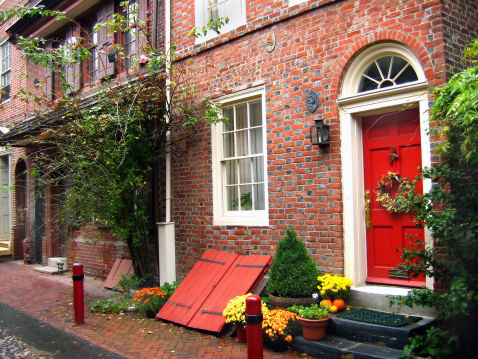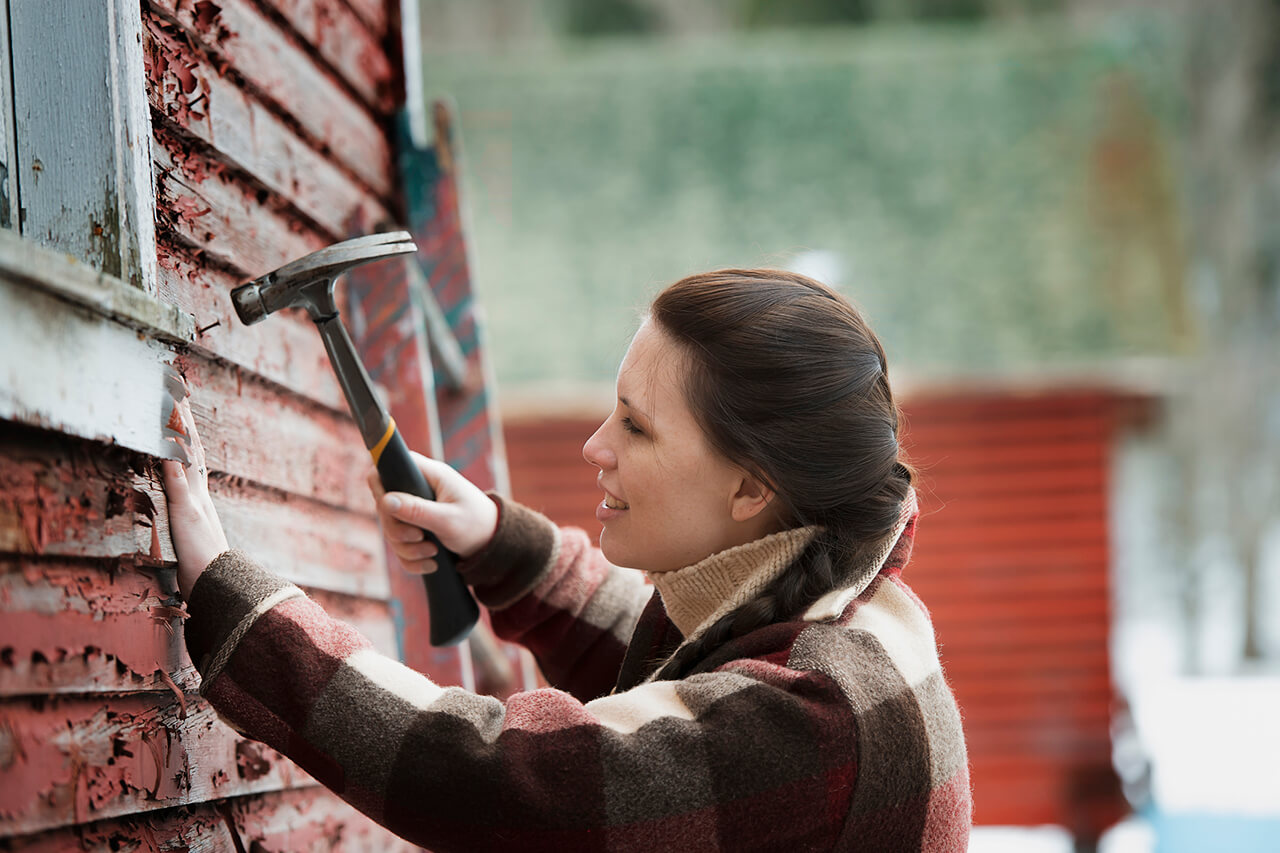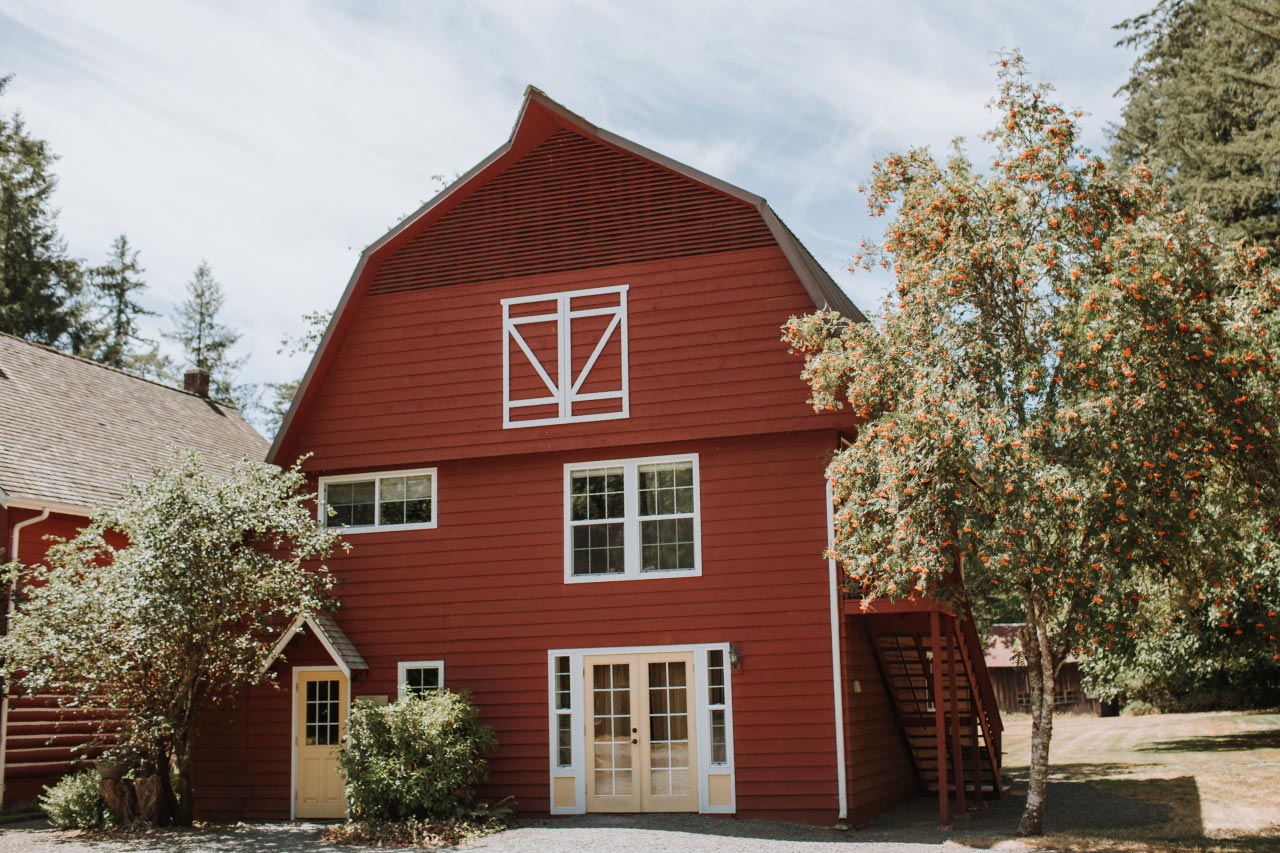How Much Does a Tornado Shelter Cost in 2025?
A tornado shelter costs an average of $7,643


On average, a tornado shelter costs $7,643, with an average range of $2,892 to $13,281.
Storm shelter cost factors include size, materials, features, and soil conditions.
Labor costs $250 to $2,000, or 10% to 20% of the project total.
Above-ground shelters cost less than in-ground options, but they don’t offer the same level of protection.
Hiring a pro makes sure your shelter meets every safety standard and keeps your family safe during severe weather.
This article was updated using automation technology and thoroughly reviewed for accuracy by HomeAdvisor Editor Ryan Noonan.
Most homeowners spend between $2,892 and $13,281 on average tornado shelter costs, but your exact price depends on its size, location, and build quality. While the average cost is $7,643, some shelters can cost as little as $500 while complex or custom versions can reach $36,000. Set a realistic budget early—especially if you’re pricing the project by square foot—and plan to bring in a licensed pro so your new shelter meets every safety rule and protects your family.
Tornado Shelter Cost Factors
Several factors influence the cost of installing a tornado shelter, including size, materials, and soil conditions.
Size
FEMA recommends at least six square feet per person in a tornado shelter and 10 square feet per person in a hurricane shelter. More square footage means a higher price tag.
| Maximum Occupants | Average Cost |
|---|---|
| 6 | $3,000–$8,000 |
| 15+ | Up to $30,000 |
Materials
The type of material you choose changes the price, with steel and Kevlar costing more than fiberglass and concrete.
Steel is lightweight yet durable, so it’s a solid all-around pick.
Fiberglass only works underground, making it a smart choice for in-ground builds.
Concrete is heavy and budget-friendly, and it stands up well to strong winds.
Kevlar® adds an extra layer of security thanks to its intruder-resistant design.
| Material | Average Cost |
|---|---|
| Steel | $4,000–$30,000 |
| Fiberglass | $3,000–$10,000 |
| Concrete | $3,000–$7,000 |
| Kevlar | $5,000–$30,000 |
Excavation and Leveling
Preparing your site can significantly impact your tornado shelter cost. If your soil is rocky or difficult to dig through, land excavation costs an average of $4,000. For the best underground tornado shelter location, the cost to level land is $2,200.
Position
Install the shelter close enough for quick access but far enough away to avoid debris from the house. A good rule of thumb is to set it at least as far from the house as the height of your exterior walls. If that isn’t possible, choose a model with a sloped door so debris can slide off.
Concrete Pouring
Pouring concrete costs $6 per square foot. Manufacturers recommend installing concrete around most in-ground tornado shelters. This keeps it from floating out should the surrounding soil become saturated with moisture.
Prefab vs. Custom
For a smaller structure, a pre-built storm shelter costs an average of $8,000, including installation. This includes delivery, installation, and a range of features, such as a welded steel box and steel planks.
Custom tornado shelters will cost more than a prefab shelter. If you want a larger size or additional features like electricity, expect to pay as much as $30,000 or more for a large, custom shelter.
Labor
Labor costs $250 to $2,000, or 10% to 20% of the total project cost. General contractors charge $50 to $100 per hour, but the exact rate depends on local demand.
Accessibility
Adding accessibility features—such as a wheelchair ramp—raises the overall price, but it’s worth including if anyone in your household has limited mobility and needs fast, safe access during an emergency.
Add-Ons and Other Features
Just as homeowners pay for security features like a camera system in a safe room, you can add safety features to a tornado shelter. Some common add-ons to budget for include:
Beds with mattresses: $300–$400 each
Emergency exit: $500–$2,000
Enhanced air ventilation or filtration: $100–$3,000
Plumbing: $100–$5,000
Portable backup battery: $150–$2,000
Tornado Shelter Cost by Type
When installing a storm shelter, your largest choice—and largest cost factor—is determining where you'll put it. Your two main options are above-ground or in-ground (or underground). Keep reading to find out more in-depth information about each type and which works best for your space.
Above-Ground
An above-ground tornado shelter costs $2,600 to $15,000, with most being installed in garages or basements. Though a basement is located underground, “above-ground” refers to the installation above a concrete surface.
The advantages of an above-ground storm shelter are the lower cost and easier installation. In addition, they're more easily accessible for people with mobility challenges, less likely to have bugs, and ideal for properties with a high water table (locations that flood more easily). If you don't want to alter your landscaping, above-ground hurricane or tornado shelters may make more sense.
In-Ground
An underground tornado shelter costs $4,200 to $30,000 on average, with many homeowners installing in-ground shelters below their garages or in their yards. In-ground units are more effective against extreme weather, as they’re more resistant to falling debris and strong winds. Opting for an in-ground unit also means you won’t take up any square footage within your home.
However, in-ground units are prone to flooding. If an in-ground shelter floods, expect to pay for water damage restoration.
Tornado Shelter Cost by Location
Where your tornado shelter is located has an impact on the price. Here are the average costs associated with common location options.
| Location | Average Cost |
|---|---|
| Garage (above-ground) | $3,000–$9,000 |
| Garage (in-ground) | $10,000–$15,000 |
| Basement | $6,000–$15,000 |
| Bed shelter | $2,100–$4,500 |
| Safe room | $3,000–$10,000 |
Garage
Garage storm shelters can be above-ground or in-ground. A tornado shelter on a garage floor costs $3,000 to $9,000. These tend to be smaller than other above-ground shelters because of limited square footage.
You can install an in-ground garage shelter if you pay to excavate beneath the garage. Tornado shelter prices under the garage floor range from $10,000 to $15,000. Expect to pay more for options with a staircase or one that can hold more than eight people.
Basement
Above-ground basement tornado shelters cost between $6,000 and $15,000. Basements are ideal for a shelter because the basement is already underground. However, you need to be willing to give up square footage you might otherwise use for storage, a home gym, or a laundry room.
Bed Shelter
Installing a storm shelter under a bed costs approximately $2,100 to $4,500. An under-bed storm shelter is ideal for homeowners without ample space or the budget for a larger storm shelter.
An under-bed storm shelter can usually fit two people and meets Federal Emergency Management Agency (FEMA) requirements for EF5 tornadoes. However, these shelters are small. If you’re claustrophobic, it might not be the best option.
Safe Room
The average cost to build a safe room in your home ranges from $3,000 to $10,000. If you want extra features like cameras or security, expect to pay up to $15,000.
Safe rooms—also called panic rooms—are built for your family to hide during a home invasion, but if your safe room is built with walls that can withstand hurricane-force winds, it can double as a storm shelter. Closets and under-the-stairs are common locations for safe rooms.
Does Building a Tornado Shelter Increase Home Value?
If you live in a storm-prone area, adding a tornado shelter can boost your home’s value by an average of 3.5%, or $10,500 on a $300,000 property. Beyond the numbers, a secure shelter makes your listing more attractive and highlights your home’s safety credentials.
Budgeting for Building a Tornado Shelter
While storm shelters can be expensive, they provide invaluable protection for your family. Here are a few ways to reduce the expenses of this project:
Choose a prefabricated shelter instead of a pricey custom build.
Convert an existing space—like a garage—rather than constructing a brand-new room.
Pick an under-bed shelter if space or funds are tight.
Skip premium materials when standard options offer the same protection.
Check whether FEMA will cover up to 75% of your costs.
In milder storm zones, compare the price of storm-rated windows and doors before committing to a full shelter.
DIY Tornado Shelter vs. Hiring a Pro
Building the shelter yourself can cut labor costs, but bringing in a pro is almost always the safer move. DIY units often fall short on structural integrity or code compliance, whereas an experienced contractor makes sure everything meets FEMA guidelines and stands up to severe weather.
Though DIY construction may reduce labor costs, mistakes or oversights can lead to expensive repairs or modifications in the future. DIY builders encounter other challenges, such as improper installation, inadequate ventilation, or structural weaknesses that compromise the shelter's effectiveness.
Given the importance of reliable protection during severe weather, investing in professional construction with a general contractor near you is often the safer and more practical choice, ensuring your shelter is built correctly, safely, and efficiently.
How HomeAdvisor Gets Its Cost Data
No place is more important than your home, which is why HomeAdvisor connects homeowners with local pros to transform their houses into homes they love. To help homeowners prepare for their next project, HomeAdvisor provides readers with accurate cost data and follows strict editorial guidelines. After a project is complete, we survey real customers about the costs to develop the pricing data you see, so you can make the best decisions for you and your home. We pair this data with research from reputable sources, including the U.S. Bureau of Labor Statistics, academic journals, market studies, and interviews with industry experts—all to ensure our prices reflect real-world projects.
Frequently Asked Questions
Most municipalities require a building permit before you install a tornado shelter. That paperwork proves your shelter meets all safety and construction rules—including FEMA P-361 and P-320 guidelines—for extreme weather. Permit fees start at $50 and can run up to $100.
Check with your local building department first so you know exactly which forms to file, how long approval takes, and whether any extra inspections or fees apply.
Pre-built shelters keep costs down and install in just a few hours, so you’re protected sooner. Because they arrive fully engineered, you skip most on-site construction fees but still get a unit tested to stand up to severe weather. Models come in several sizes and materials, letting you pick the option that best fits your family and budget while still meeting FEMA standards.
A pre-built shelter goes in within four to eight hours. Custom builds—especially ones that need excavation—can stretch into days or even weeks because crews have to prep the site, pour concrete, and assemble the structure piece by piece. The longer timeline simply reflects the extra work needed to hit strict safety standards.
Plan on at least six square feet per person for tornado protection and 10 square feet per person if you also want hurricane coverage. For example, a 5-by-6-foot shelter comfortably fits a family of five. Add extra room for emergency supplies so everyone can move around safely during a long weather event. Enough space keeps your family both protected and comfortable.
If you live where tornadoes or hurricanes are common, a storm shelter isn’t a luxury—it’s a must-have. The reinforced walls guard against high winds and flying debris, giving your family a secure place to ride out the worst weather. Adding one is an investment in peace of mind every storm season.








